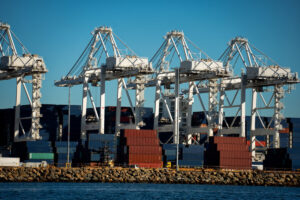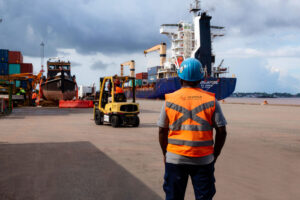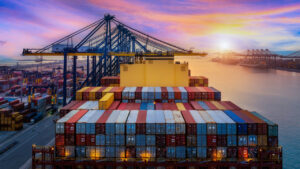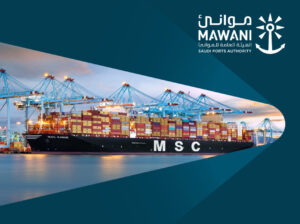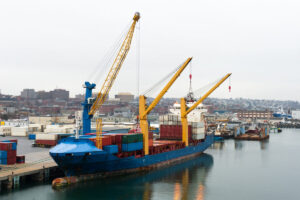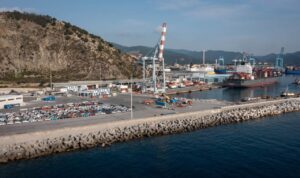North American ports generally have numerous safeguards and strong financial cushion on their side in being able to weather the sizable ripple effect of the COVID-19 pandemic, according to Fitch Ratings in a new report.
However, ports that primarily handle cargo are expected to fare better than those with substantial cruise operations, which are expected to have sizable downside risk.
Global markets face growing recessionary economic pressures and North American ports are expected to face substantial volume stress for the balance of 2020.
Seeing their exposure to demand risk and sensitivity to the economic performance of both the markets they serve and their trading partners, Fitch undertook a stress test analysis of its rated North American ports, to assess multiple scenarios, taking into account port revenue mix and potential for recovery.
On the cargo side, Fitch’s stress tests assume drops in cargo volumes will exceed those seen during the global financial crisis, the SARS outbreak of the early 2000’s and September 11 2001.
For cruise ports, the stress tests assume a more severe impact from the suspension of cruises through July, and anticipate minimal activity for the remainder of the year.
“North American ports have diversified revenue streams, amortizing debt profiles and sound liquidity positions that provide stability during periods of stress,” said Fitch Senior Director Emma Griffith.
“North American ports have also demonstrated revenue resilience through economic downturns as severe as the Global Financial Crisis, reflecting both the essentiality of global trade and the presence of strong contractual agreements at many ports.”
Also working in the sector’s favour is the fact that most cargo ports have been deemed essential services, making them exempt from government-mandated stay-at-home orders and ensuring continued operations (albeit at lower than normal volumes).
“Terminal staff, longshoremen, truckers and warehouse handlers continue to service cargo ports, many with normal hours of operation,” said Griffith.
Conversely, ports with a large portion of revenues derived from cruise operations (generally greater than 30% of the revenue mix) are experiencing more acute financial stress due to COVID-1i.
Fitch’s stress scenarios incorporate suspension of cruise activity through July 2020 and assume minimal cruise revenue for the remainder of the calendar year, resulting in declines of up to 65%.
While some cruise lines anticipate an August return to cruising at select ports, it remains to be seen if this date will be pushed back further by the lines themselves or government intervention. Some cruise activity is expected to return in 2021, but across Fitch’s stress scenarios cruise ports do not see a full recovery to 2019 levels until at least 2024.
Across both cargo and cruise ports, should metrics evolve to Fitch’s severe downside case levels, ports with stronger volume profiles may see one-notch downgrades, while ports with midrange volume profiles could see downgrades of up to two notches.


